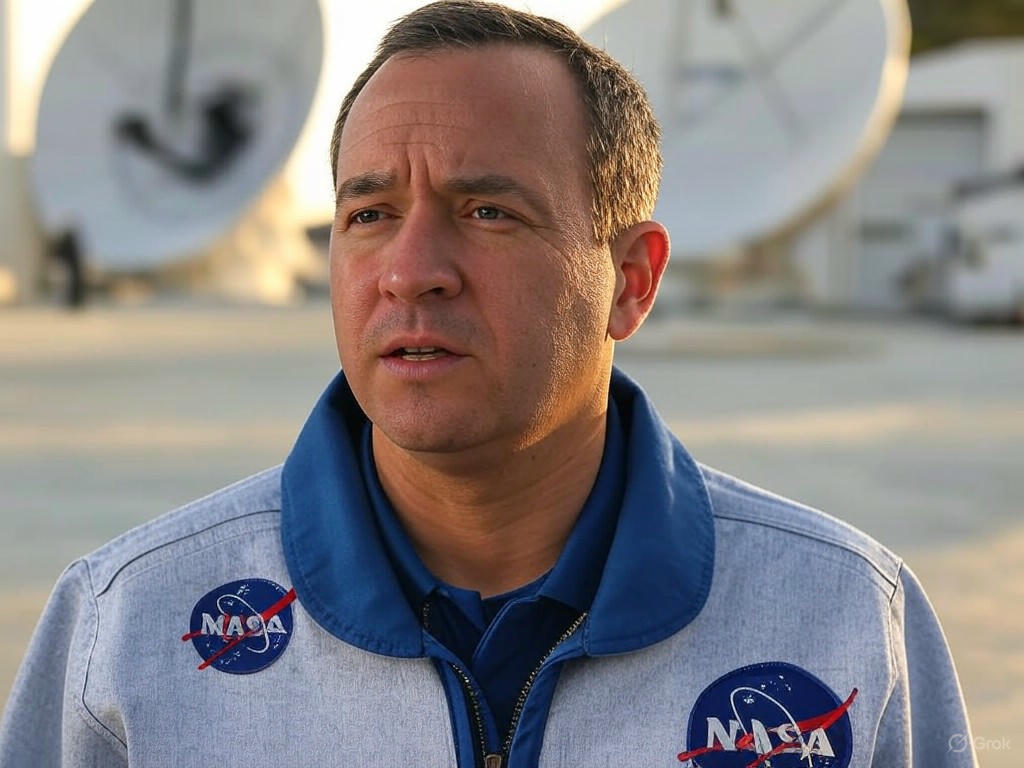In a surprising turn of events, the ambitious Surface Biology and Geology (SBG) project at NASA’s Jet Propulsion Laboratory (JPL) has hit a roadblock. Recently, the development team received a stop work order, pausing their efforts to advance our understanding of Earth’s ecosystems and geological formations through cutting-edge satellite technology. This development raises questions about the future of the mission and the broader implications for space-based environmental research.
The SBG initiative was poised to be a game-changer in how scientists monitor the planet’s surface dynamics. By utilizing advanced imaging and data collection tools, the project aimed to provide unprecedented insights into vegetation health, soil composition, and geological shifts. These observations are critical for addressing pressing global challenges like climate change, natural disaster prediction, and sustainable resource management. The team at JPL, known for their pioneering work on missions like the Mars rovers, had been tirelessly designing instruments to capture high-resolution data from orbit. However, the sudden halt in their work has left many in the scientific community puzzled and concerned.
While the exact reasons for the stop work order remain unclear, speculation points to potential budget constraints or shifting priorities within NASA’s broader mission framework. Developing sophisticated satellite systems is an expensive endeavor, often requiring years of funding and collaboration across multiple agencies and institutions. Any disruption in financial support or strategic direction can have a ripple effect, delaying timelines and impacting related research. Some experts suggest that the pause might be temporary, allowing for a reassessment of goals or reallocation of resources to other pressing projects. Others worry that prolonged delays could jeopardize the momentum of the SBG program, potentially stalling advancements in Earth observation technology at a time when such data is more vital than ever.
The implications of this setback extend beyond the walls of JPL. Scientists worldwide rely on NASA’s leadership in space exploration and environmental monitoring to inform their own studies. Data from projects like SBG plays a key role in shaping policies on land use, conservation, and disaster preparedness. A delay in this mission could hinder efforts to track deforestation, monitor drought conditions, or predict volcanic activity with precision. Moreover, it underscores the fragility of large-scale scientific endeavors in the face of bureaucratic or financial hurdles, reminding us of the need for sustained investment in space research.
As the situation unfolds, the hope is that NASA and JPL can resolve the issues surrounding the SBG project swiftly. The scientific community remains optimistic that this pause is merely a brief intermission rather than a full stop. With the stakes so high for understanding and protecting our planet, restarting this mission should be a priority. For now, all eyes are on JPL, waiting for updates on when—or if—the team will resume their groundbreaking work to unlock the secrets of Earth’s surface from above.
